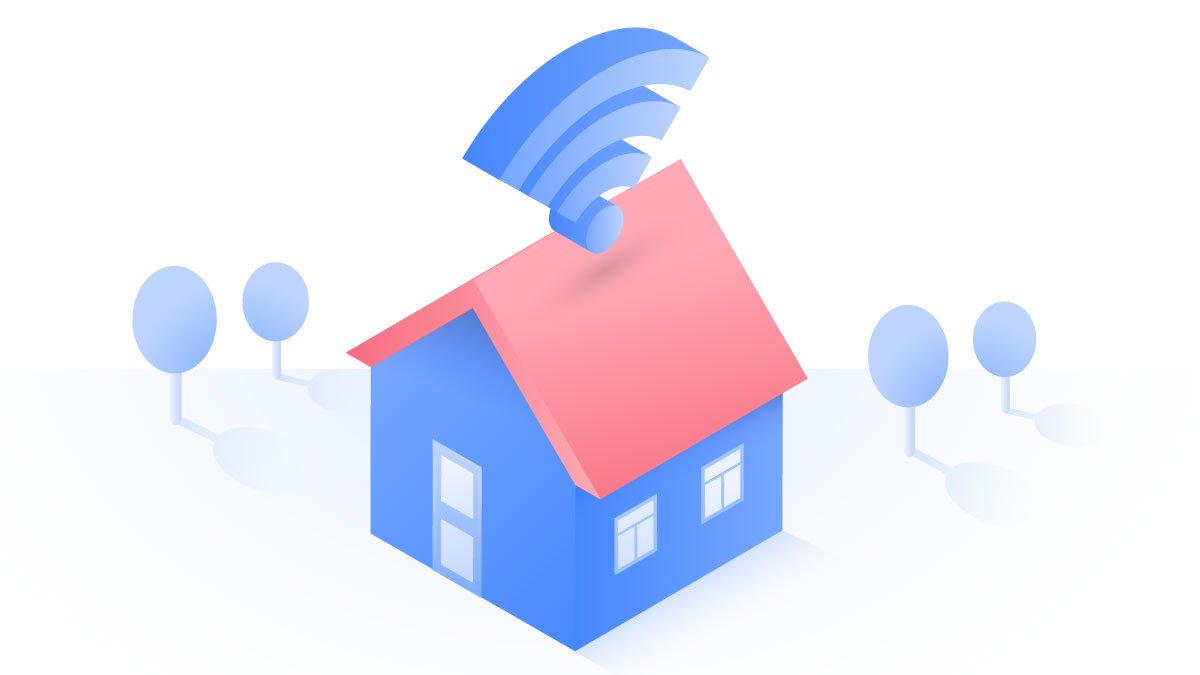What to do if my YouTube account has been hacked
You’ve finished all your work and replied to all your emails — now it’s time to relax and unwind with your favorite content creators. As you redirect your browser to the YouTube homepage, you notice that you’ve been signed out. You try to log back in only to find that your details are no longer valid. Looks like your YouTube account has been hacked.
Charles Whitmore
Feb 03, 2022 · 4 min read

Why would anyone hack my YouTube account?
Hacking a YouTube account doesn’t seem to make much sense. You don’t make any purchases through YouTube, and most accounts are just a window into someone’s likes and dislikes. However, the real power of YouTube accounts comes from monetization and audience awareness.
If hackers were to get a hold of an account with several thousand subscribers, they could subject those subscribers to scams. Unaware fans could be redirected to a malware-ridden site under the guise of a fake competitor, where credentials and important data could be collected and repurposed for illegal activity.
If an account has a high subscriber count, that means it’s probably monetized. A hacker could take control of your account and sell it on to someone or keep it for the steady stream of ad revenue. It takes an account only 1,000 subscribers and 4,000 hours of view time over the past twelve months to start earning off YouTube. While most accounts will never aspire to be a paid YouTube partner, becoming one is a lot easier than you may have assumed.
How do I know if my YouTube has been hacked?
The signs of YouTube hacking can be recognized by those who know what they’re looking for. The first red flag is not being able to sign in with your usual login information. This can be particularly worrying if you have other Google accounts because you use the same password to access different services. If you can’t log in to your YouTube account, all your Google accounts are probably in danger, too.
Some hackers, however, prefer the more insidious approach rather than the full take-over-and-lock-out method. They’ll upload videos that aren’t yours or subscribe you to strange channels you didn’t know existed. Some of your own uploads might now be gone. While you could chalk it up to YouTube’s own glitches, it’s probably best to check the activity of your account.
By going into the Security section of your Google account, you can check where you last logged in. Go to Review security events to see if someone else has logged in to your account from a previously unknown location. Another useful tip is going to Manage devices under the same Security tab. You can see which devices have been linked to your account. See one you don’t recognize? You’ve probably been hacked.
What do I do if my YouTube account has been hacked?
If you still have access to your account, it’s time to change your Google password. It’s always a pain to have to go through the password change process — if you use a password manager, it will suggest a unique and strong password, saving you the trouble of having to think of one yourself.
For those who are currently locked out of their account, there’s not much else to be done other than to go through the YouTube account recovery process. You’ll be presented with your previously asked security questions. Make sure to answer the questions from the device you most use YouTube on and from the location you’re typically based. Unfortunately, it can sometimes take upwards of weeks or months to successfully recover a stolen account.
How do I prevent my YouTube account from being hacked?
The best weapon against hackers and cybercriminals is knowledge. If you’re aware of the risks, you can put together measures to prevent them from ever affecting you. Having said that, here are some measures that should be taken to keep your YouTube account safe.
Use a secure browser. One example of secure browser choice is Google Chrome, which has a service called Safe Browsing. It will compare URLs you’re about to visit to URLs it has stored in a database. If any of the URLs match with a suspicious one, you’ll be alerted. Do your own research into secure browsers to find which one suits you best.
Invest in a VPN. Hackers can break into your accounts easily if they can get a hold of your login details. If you regularly use unsecure, or public Wi-Fi, you’re willingly subjecting yourself to hackers looking for an easy score. If you redirect your traffic through a VPN server before connecting to dodgy Wi-Fi, your online activity will be nothing but gibberish to prying eyes.
Utilize security extensions. Once you’ve decided on the perfect secure browser, it’s a good idea to implement browser extensions for your security. Some of the options range from antivirus protection to those that force encryption, even on unsecured websites.
Use two-factor authentication. 2FA is one of the best ways to protect an account online. When you have to provide a secondary authorization to log in, usually in the form of a code sent to another device, it makes hacking into an account incredibly difficult. Multi-factor authentication is even more secure, as it can often require more than two types of authorization.
Use alternative video-sharing sitesYouTube is the second most-viewed website in the world — it’s no wonder that it’s so frequently abused by hackers. By using alternatives to YouTube, you’ll be reducing the size of the target on your back.
If you implement all of the security measures available, you can make a hacker give up and move on to easier prey very quickly. Guarantee you won’t fall victim again by staying ahead of the cybersecurity curve.


